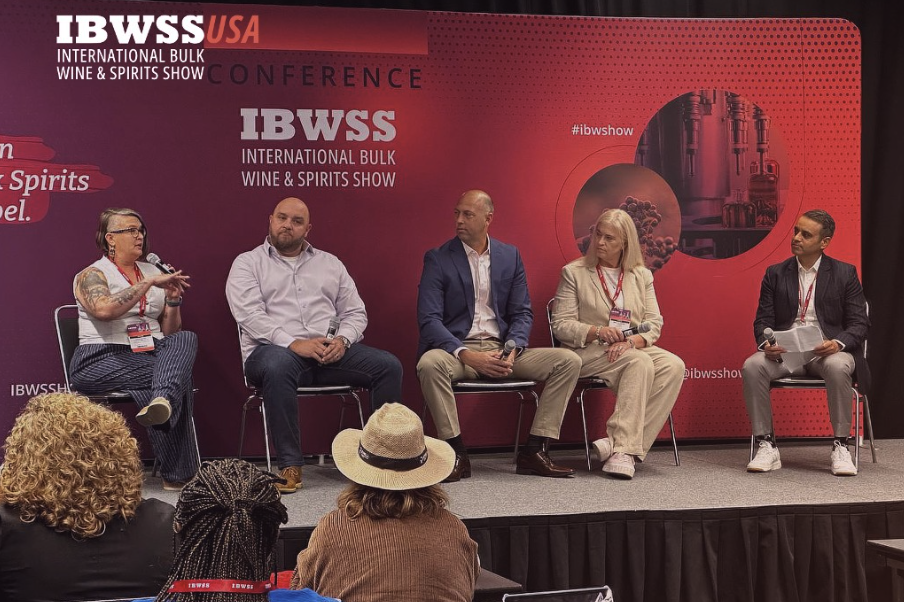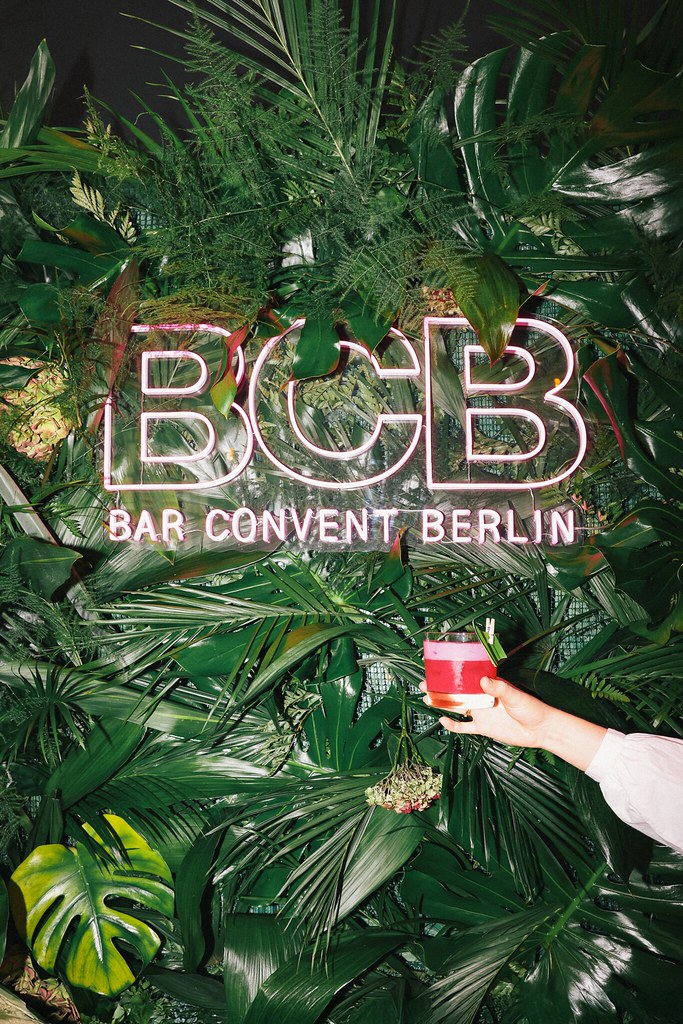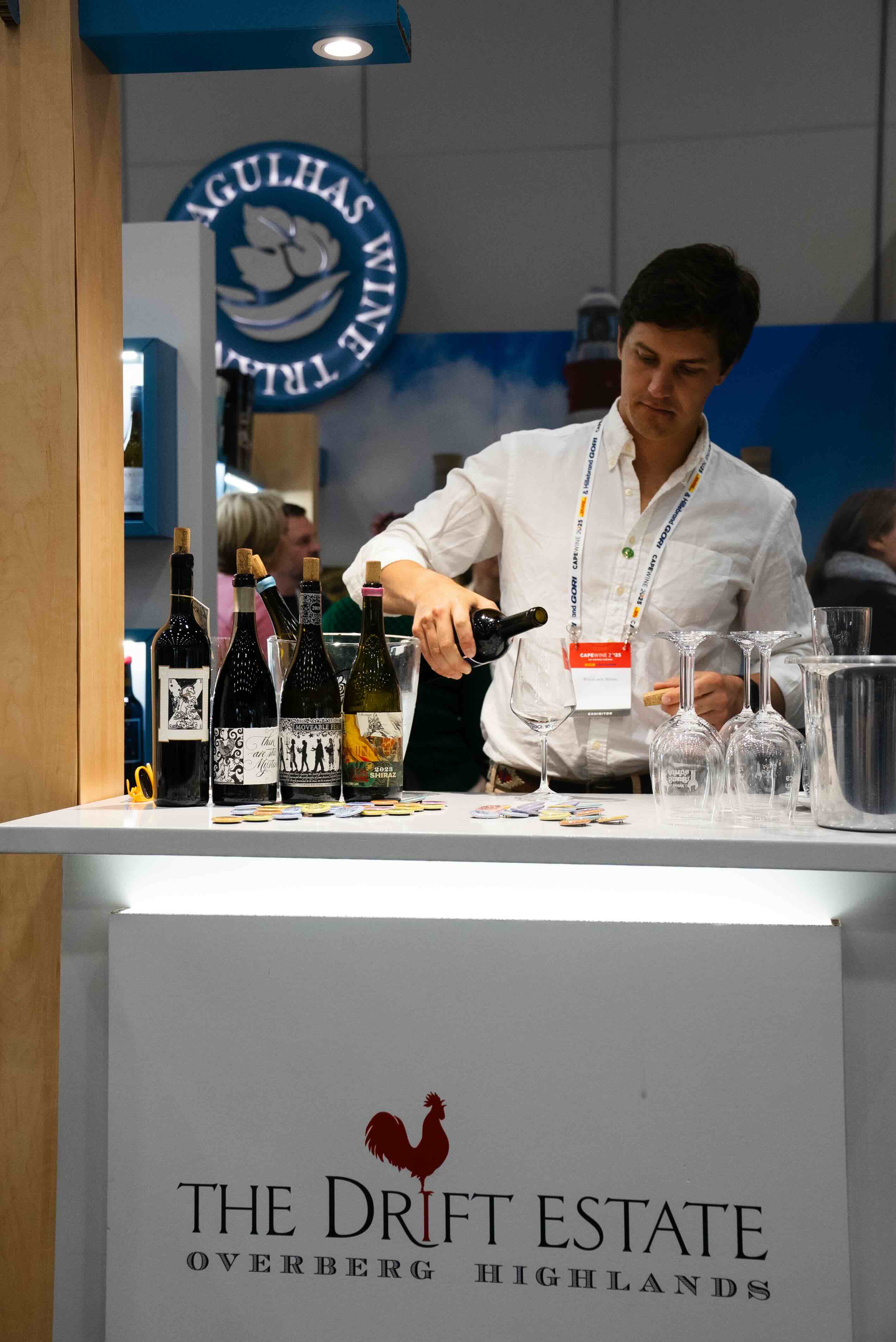At this year’s International Bulk Wine & Spirits Show USA, industry leaders across bulk spirits and wine came together to assess where the industry is heading. From tariffs, shifting consumer behaviours to emerging global opportunities as well as the acknowledgement that parts of the market are in turmoil, the conversations revealed a market brimming with change – and ripe with opportunity for those willing to innovate.
Here are the top 5 takeaways for businesses navigating the future of bulk alcohol, private label branding, and international sourcing.
The Age of Customisation Has Fully Arrived
In the panel discussion led by Sid Patel, Building a Successful Private Label, Contract Bottling, and Bulk Spirits Sales Business: A Sales Guide for Distilleries, private label is becoming a strategic growth engine for retailers and entrepreneurs alike. In fact, one panelist cited 30–40% year on year increases in private label wine and spirits.The panel discussed how what began as a cost-saving play for retailers has now evolved into a branding goldmine. Both in spirits and wine, the appetite for custom, differentiated private labels is stronger than ever.
- RTDs are on the rise: In spirits, there’s a surge in demand for RTDs, spicy flavour infusions, and premium bourbons – often designed with storytelling and customer archetypes in mind.
- Low and no and new formats: In wine, buyers are sourcing low- and no-alcohol options, organic blends, and RTDs in creative packaging formats like cans and tetra packs.
The message was clear: One-size-fits-all is dead. Whether you're a startup or a retail giant, future growth lies in personalised, emotionally resonant products that match a specific customer experience.
Agility Over Perfection
As customisation and international expansion tools and service providers enter the market, it will be key for legacy players to adapt and central to success. The winners will be those who look to remain lean and agile, think long-term, partner smartly, and execute with precision. While the appetite for innovation is high, many brands falter at execution. Operational discipline or having a partner you can integrate with may be considered the new superpower. Allowing companies to remain agile will be critical during these times of change.
- Regulatory blind spots, underprepared business models, and distribution bottlenecks continue to derail new launches.
- Strategic flexibility is vital. Buyers want to know not just what a brand offers today, but how it can adapt tomorrow.
From supply chain planning to SKU curation, the winning formula now demands clarity, speed, and strategic foresight and a partner that can help you pivot.
Global Is the New Local – But Only for the Culturally Fluent
Tariffs have injected chaos into shipping and pricing. The lack of clarity on when and how tariffs are applied makes forecasting nearly impossible. However, international expansion still remains a hot topic across both wine and spirits, with top markets including:
- India: High growth potential but fiercely competitive.
- Japan & South Korea: Sophisticated buyers with unique flavour preferences.
- Australia & New Zealand: Early adopters of RTDs and custom blends.
- Singapore: High-margin, niche-focused demand.
- China: Complex, bureaucratic, but immense in scale.
In wine, Chile, Australia, and South Africa were called out as efficient and cost-competitive sources – even with tariffs. However, panelists stressed that success abroad isn’t about volume – it’s about local understanding, cultural nuance, and trusted partnerships in those local areas. Such ingredients can be the difference between success and failure.
The Consumer Has Changed
One of the most underscored themes at the conference was centred around the evolution of the end consumer. Some key trends that pose a threat to broader drinks trade were:
- Gen Z drinks less wine, favours flavoured or functional formats, and expects brands with purpose and presence on platforms like TikTok
- There’s a broader cultural shift toward wellness, moderation, and convenience across all alcohol categories.
- Emotional connection remains vital. Whether through sustainability claims, personal narratives, or communal rituals, consumers want to feel something when they pick up a bottle.
For suppliers, the implication is direct: Tailor your offer to these new values or risk irrelevance.
The Opportunity is in the In-Between
Despite market pressures – such as bulk oversupply, distribution consolidation, and innovation fatigue – the middle of the market is thriving.
- Wines priced between $15–$30 and spirits with low MOQs and single-barrel appeal are resonating.
- There’s rising interest in white-label services, flavour innovation labs, and export consulting.
- Both wine and spirits buyers want more than juice in a bottle – they want solutions: compliant, bottling-ready, marketing-aligned offerings with a low barrier to launch.
Meanwhile, gaps remain – particularly in:
- Integrated tech tools for managing private label pipelines and provides solutions both locally and globally.
- Talent that bridges compliance and creativity.
- Smaller formats, sustainable packaging, and functional beverage innovations.
Innovation in the Face of Contradiction
The most compelling insight from this year’s IBWSS is this: the alcohol landscape is full of contradictions – volume down, revenue up; consumers drink less, but expect more; global trade grows, but only for the hyper-localised and despite turmoil.
At several of the IBWSS panels this year it was clear that amid the challenges, those that listen deeply, act nimbly, and think globally are poised to thrive. Whether you're a producer, importer, or retailer, now is the time to reimagine your role as not just a supplier, but a strategic partner.
It is also a good time for the industry as a whole to take stock on the solutions now available to see where strategic partners could help deliver the much needed solutions critical for the future. The bulk and private label space has matured. The winners will be those who build smarter, go deeper, and move faster with the right tech tools and solutions that enable that forward motion.






